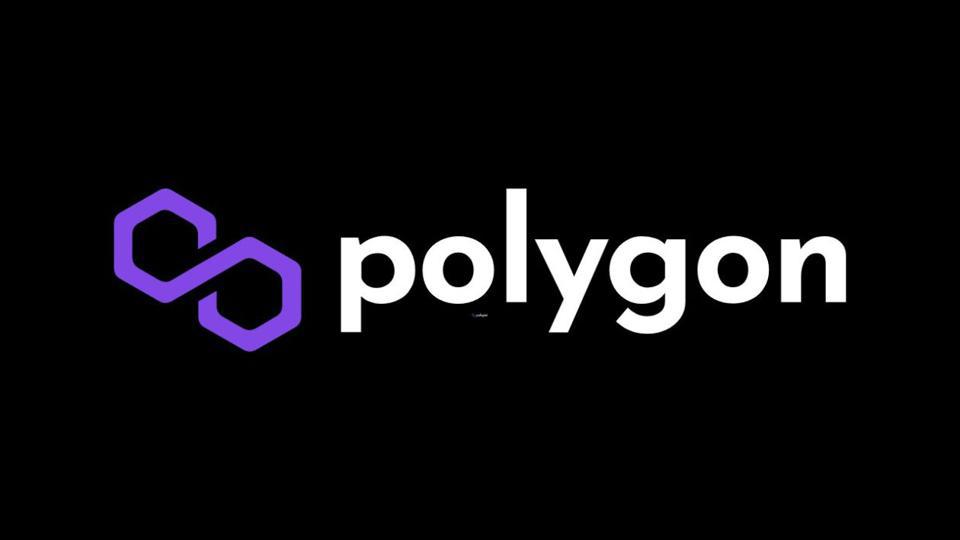[ad_1]

- Polygon Labs has partnered with Meroku Protocol V2, an advanced DApp toolkit across prominent blockchains, for a seamless DApp experience.
- This collaboration allows Polygon to integrate Meroku’s features, offer blockchain flexibility, and enhance DApp adoption.
Polygon Labs, a prominent platform for blockchain development, has revealed a significant collaboration with Meroku Protocol V2, an advanced toolkit for creating and launching decentralized applications (DApps) across various blockchains. This partnership will enable Polygon Labs to incorporate the capabilities and features of Meroku Protocol V2 into its own DApp store toolkit, aimed at delivering a smooth and intuitive experience for developers and end-users of DApps.
Innovation in technology is being stifled by traditional app stores that have thwarted progress through a walled-garden approach that has allowed mobile OS incumbents to charge exorbitant fees and exclude a whole class of applications by not supporting crypto payments – the brunt… pic.twitter.com/HhWAtPlCM5
— Polygon Developers (@0xPolygonDevs) August 11, 2023
Meroku Protocol V2’s Versatile DApp Store Toolkit and Key Elements
Meroku Protocol V2 is a versatile DApp store toolkit operating across multiple prominent blockchains, including Ethereum, Binance Smart Chain, Polygon, Solana, and others. It provides diverse resources for DApp creators, including intelligent contract templates, code validation, security assessments, governance modules, and analytical tools.
By utilizing Meroku Protocol V2’s technological capabilities, Polygon Labs will empower users of its DApp store toolkit with increased choices and adaptability in selecting their desired blockchain platforms. Additionally, users will gain access to a broader network of DApp enthusiasts and communities, enhancing the overall reach and impact of their DApps.
Meroku Protocol V2 empowers individuals to generate, trade, and redeem synthetic assets without the involvement of intermediaries, centralized exchanges, or custodians. Synthetic assets represent tokens that mirror the value of diverse underlying assets like stocks, commodities, currencies, and other cryptocurrencies.
The Meroku Protocol V2 comprises three key elements: the Meroku Token (MRK), the Meroku Vault, and the Meroku Exchange. The MRK token operates as the protocol’s inherent utility and governance token. It serves various purposes, including fee payments, being staked as collateral, and participating in voting for protocol enhancements and parameters.
The Role of Meroku Vault and Meroku Exchange
The Meroku Vault functions as a smart contract, securing MRK tokens staked by users to support the creation of synthetic assets. Lastly, the Meroku Exchange is a decentralized exchange (DEX), facilitating the seamless exchange of synthetic assets among users or with MRK tokens.
To generate a synthetic asset, a user initiates the process by placing MRK tokens into the Meroku Vault while specifying the desired synthetic asset’s type and quantity they wish to create. The protocol then computes a necessary collateralization ratio (CR) based on factors such as the underlying asset’s volatility, liquidity, and the prevailing MRK token price.
This CR signifies the percentage of MRK tokens that the vault must lock relative to the value of the synthetic asset. For instance, with a CR of 150%, a user would need to deposit $150 worth of MRK tokens to mint a synthetic asset valued at $100.
Upon completing this process, the user receives the newly minted synthetic asset in their wallet and can trade it on the Meroku Exchange or any other compatible decentralized exchange (DEX).
An Oracle service maintains tracking the synthetic asset’s price for the underlying asset, providing real-time price feeds to the protocol. The user can redeem their synthetic asset at any time by “burning” it, effectively returning it to the protocol, and subsequently withdrawing their MRK collateral from the vault.
Fees and Incentives: MRK Token Economy in Meroku Protocol
The protocol enforces both a minting fee and a redemption fee for creating and redeeming synthetic assets. These fees are settled in MRK tokens and distributed to MRK stakers, functioning as rewards for providing collateral to the protocol. Additionally, the protocol imposes a trading fee for exchanging synthetic assets on the Meroku Exchange. Traders pay this fee for the particular synthetic asset they are trading. It serves the purpose of repurchasing and burning MRK tokens from the market, thus introducing deflationary pressures on the MRK supply.
Transitioning forward, Meroku Protocol V2 has a primary objective: to deliver a scalable, secure, and user-friendly platform, granting access to any global asset through synthetic tokens. By harnessing the capabilities of decentralization, smart contracts, and oracles, Meroku Protocol V2 empowers individuals to establish exposure to diverse assets without intermediaries, the threat of censorship, or counterparty risk.
Moreover, the partnership forged with Polygon Labs will enable both entities to collaboratively explore and develop novel features and innovations for the DApp ecosystem, focusing on aspects like interoperability, scalability, and user-friendliness. Polygon Labs and Meroku Protocol V2 share a mutual vision to equip developers and users with the finest tools and resources for constructing and utilizing DApps. Through this synergistic alliance, their shared goal is to expedite the adoption and expansion of the decentralized web.
Crypto News Flash does not endorse and is not responsible for or liable for any content, accuracy, quality, advertising, products, or other materials on this page. Readers should do their own research before taking any actions related to cryptocurrencies. Crypto News Flash is not responsible, directly or indirectly, for any damage or loss caused or alleged to be caused by or in connection with the use of or reliance on any content, goods, or services mentioned.
[ad_2]
Read More: www.crypto-news-flash.com









 Bitcoin
Bitcoin  Ethereum
Ethereum  Tether
Tether  XRP
XRP  Solana
Solana  USDC
USDC  TRON
TRON  Dogecoin
Dogecoin  Lido Staked Ether
Lido Staked Ether  Cardano
Cardano  Wrapped Bitcoin
Wrapped Bitcoin  Hyperliquid
Hyperliquid  Wrapped stETH
Wrapped stETH  Sui
Sui  Bitcoin Cash
Bitcoin Cash  Chainlink
Chainlink  LEO Token
LEO Token  Stellar
Stellar  Avalanche
Avalanche  Toncoin
Toncoin  WhiteBIT Coin
WhiteBIT Coin  USDS
USDS  Shiba Inu
Shiba Inu  WETH
WETH  Wrapped eETH
Wrapped eETH  Litecoin
Litecoin  Binance Bridged USDT (BNB Smart Chain)
Binance Bridged USDT (BNB Smart Chain)  Hedera
Hedera  Monero
Monero  Ethena USDe
Ethena USDe  Polkadot
Polkadot  Bitget Token
Bitget Token  Coinbase Wrapped BTC
Coinbase Wrapped BTC  Uniswap
Uniswap  Pepe
Pepe  Pi Network
Pi Network  Aave
Aave  Dai
Dai  Ethena Staked USDe
Ethena Staked USDe  Bittensor
Bittensor  OKB
OKB  BlackRock USD Institutional Digital Liquidity Fund
BlackRock USD Institutional Digital Liquidity Fund  Aptos
Aptos  Cronos
Cronos  NEAR Protocol
NEAR Protocol  Internet Computer
Internet Computer  Jito Staked SOL
Jito Staked SOL  sUSDS
sUSDS  Ethereum Classic
Ethereum Classic